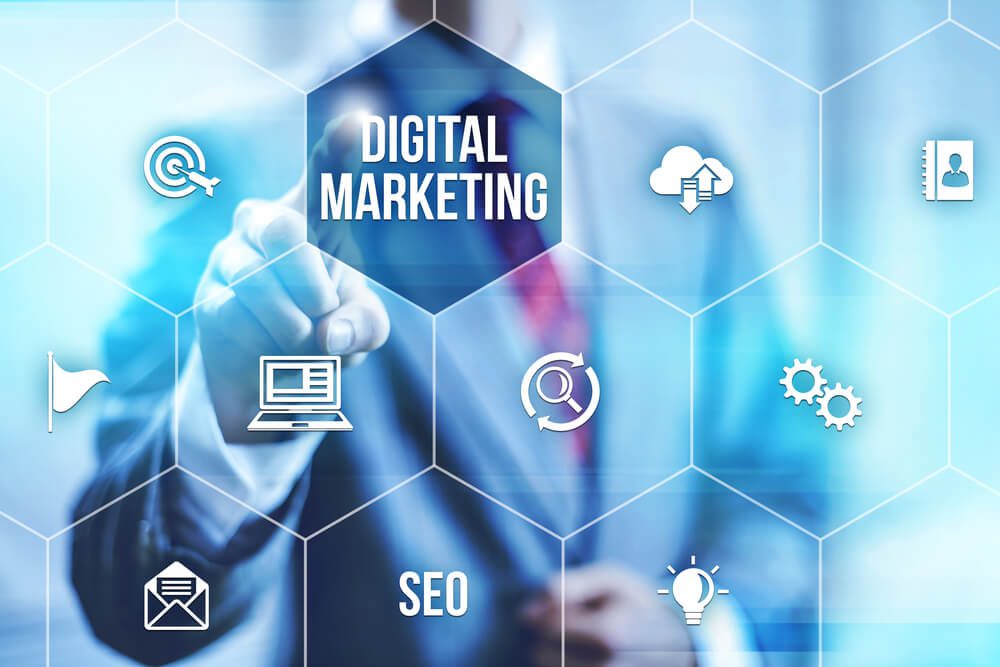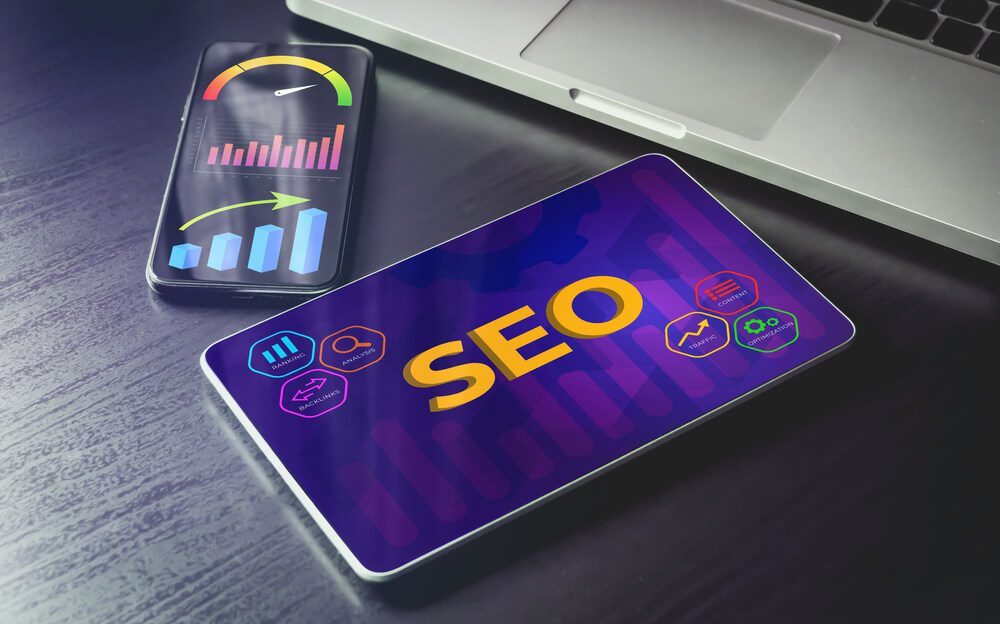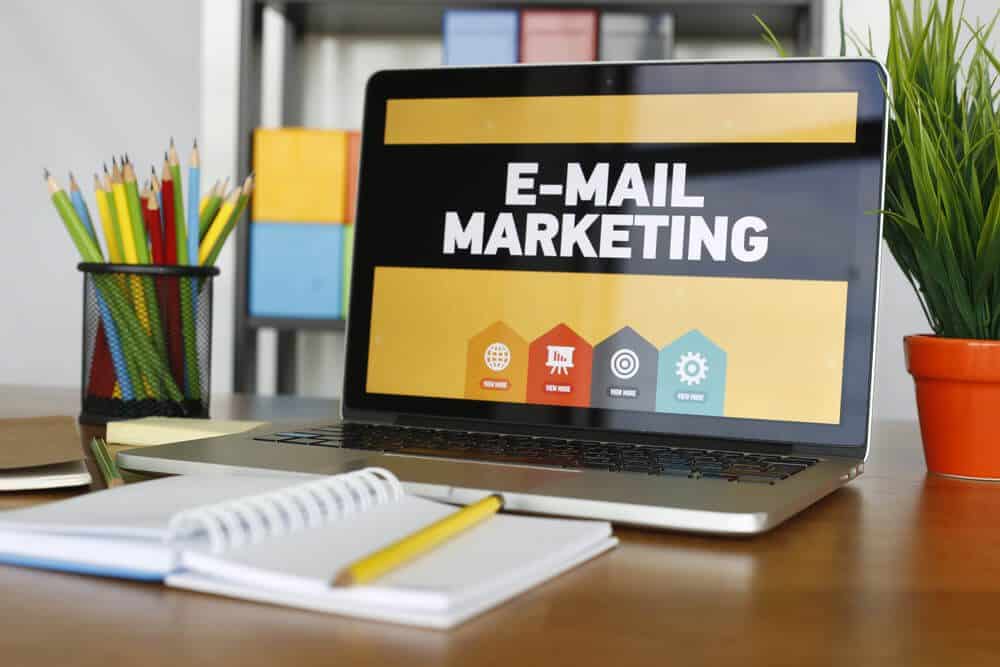
How To Make the Best Use of 7 Types of Digital Marketing
Digital marketing is a broad strategy that encompasses several marketing channels. Each of these channels has impressive benefits, and if you were to hire a marketing strategy consultant, they would tell you that there is no “best” strategy.
A successful campaign combines the following types of digital marketing channels:
- Content marketing
- Search engine optimization (SEO)
- Search engine marketing (SEM)
- Social media marketing
- Affiliate or influencer marketing
- Email marketing
- Mobile Marketing
Find out how to use these seven top digital marketing channels in this article. Let’s go!
Watch this video to find out more about how Digital Authority Partners can create a great marketing strategy for you!
1. Content Marketing
Content marketing is creating and distributing content to engage and retain a specific audience. By providing helpful and informative content, businesses can build trust and credibility with their audience, which leads to increased brand loyalty and sales. Content marketing has many forms, including blogs, social media posts, podcasts, e-books, white papers, and videos.
Additionally, creating high-quality, relevant content with targeted keywords and phrases can improve search engine rankings and drive more traffic to your website.
Artificial intelligence (AI) is also useful in content marketing. By partnering with a digital marketing consultant, you can design effective AI-enhanced marketing strategies. Here are some steps to using content marketing to your advantage:
- Define your ideal customer persona, including their demographics, interests, pain points, and needs.
- Set your goals. Do you want to increase brand awareness, generate leads, drive sales, or establish thought leadership?
- Develop a content strategy according to the target audience and goals.
- Create and distribute content. Optimize content for search engines and share it on your website and social media channels.
- Measure and analyze results by using analytics tools. Analyze your results and adjust your content strategy as needed to optimize results.
- Boost content marketing strategy with a semantic SEO plan. Optimize content for topics instead of keywords to provide helpful information to users.
2. Search Engine Optimization (SEO)

SEO is optimizing a website and its content to improve visibility and ranking in search engine results pages (SERPs). The goal of SEO is to increase organic traffic. SEO involves techniques and strategies that improve a website's relevance, authority, and content.
By optimizing a website's structure, content, and navigation, marketers improve the user experience for visitors, making it easier for them to find the information that they need. By appearing at the top of the SERPs, you also establish trust and increase conversions. Note these SEO strategies to gain a competitive advantage:
- Identify the keywords and phrases that the target audience uses to search for products or services similar to yours. Use keyword research tools to identify high-traffic, low-competition keywords.
- Optimize your website for search engines by creating a clear and logical structure with relevant and descriptive page titles, meta descriptions, and header tags. Improve website images, load times, and mobile responsiveness.
- Build high-quality backlinks by creating valuable content that others want to link to, and by contacting influencers and other relevant websites to request backlinks.
- Use analytics tools to monitor your website's performance in search engine results pages.
- Stay updated with changes to search engine algorithms. Search engines, like Google, constantly update their algorithms to provide better results.
3. Search Engine Marketing (SEM)
SEM is a type of digital marketing that promotes websites or products through paid advertising on SERPs. It involves bidding on relevant keywords and phrases to display ads to users actively looking for these products or services.
Using SEM, businesses can increase a website's visibility and reach by displaying their ads at the top of SERPs. This increases brand awareness and attracts more potential customers to their websites. SEM targets specific keywords and phrases relevant to your business and target audience, increasing the likelihood of conversions.
You can easily track SEM campaigns using analytics tools. SEM can be a cost-effective way to promote businesses, as marketers only pay when users click on their ads. There is complete control over your advertising spending, and it ensures a positive return on investment. Here are some tips for using SEM effectively:
- Set clear goals to create a more targeted and effective SEM campaign.
- Research relevant keywords and phrases. Use keyword research tools to identify high-traffic, low-competition keywords for paid ads.
- Create targeted ads using relevant keywords that speak directly to your target audience. Use compelling headlines and descriptions.
- Create effective landing pages. Ensure that the content on these pages matches the messaging in the ads and provides users with the information that they need.
- Test and refine SEM campaigns to optimize their performance. Test different ad copy, landing pages, and keywords.
- Set a budget for the SEM campaign and allocate spending to the keywords and ads generating the best results.
4. Social Media Marketing

Social media marketing involves creating and sharing content on various social platforms. It allows businesses to reach a wider audience and increase brand awareness by sharing content that engages their target audience.
Social media platforms help companies target audiences based on specific demographics, interests, behaviors, etc. Companies can reach the right audience with the right message and increase the effectiveness of their marketing efforts.
Social media also provides businesses with a platform to engage with their customers in real time. Track and measure social media marketing campaigns using analytics tools. Companies can easily see the performance of their campaigns and adjust their strategy as needed. These tips can help companies use social media marketing efficiently:
- Understand your target audience and their needs, interests, and behaviors to create content that increases engagement.
- Choose the right platforms that are most relevant to your business and target audience.
- Produce engaging content. Use a mix of text, images, videos, and other media to keep your content interesting.
- Build relationships by engaging with your followers and responding to comments and messages.
- Develop a regular posting schedule and stick to it to keep your audience engaged and build brand awareness over time.
5. Affiliate or Influencer Marketing
Affiliate or influencer marketing is a strategy where a business partners with an individual or another business to promote its products or services to their followers or audience. The influencer earns a commission for every sale.
Influencers typically have a large following on social media platforms, blogs, or other online channels. By partnering with them, businesses can reach a wider audience and promote their products or services to potential customers that they may not get otherwise.
In addition, influencers are viewed as experts in their respective niches, and their followers trust their opinions and recommendations. A business can tap into this trust and build credibility for its products or services. Consider these strategies to use affiliate or influencer marketing:
- Look for influencers who have an engaged and relevant audience. Ensure that they align with your brand values and messaging.
- Develop a transparent commission structure that works for your business and incentivizes the influencer to promote your products or services.
- Provide high-quality promotional materials such as images, videos, and other media that showcase your product or services.
- Encourage authentic promotion. Provide honest and genuine reviews of your product or service to build trust and credibility with their audience.
- Build long-term relationships with influencers who perform well and align with your brand values. This creates a network of influencers who can promote your products or services consistently.
6. Email Marketing

Email marketing is sending marketing messages or various types of content via email. It aims to build relationships with current or potential customers, promote brand awareness, and drive sales or conversions. Email marketing targets specific segments of a business’s audience based on demographics, past purchase behavior, and interests.
This type of marketing is more cost-effective than other marketing strategies for reaching a large audience. It allows businesses to personalize messages to improve conversions. Follow these email marketing best practices:
- Build a targeted email list with subscribers who have opted-in to receive your emails.
- Personalize your messages using data demographics, past purchase behavior, and interests. Address recipients by name and tailor messages to their specific needs and preferences.
- Use a clear and compelling subject line to give subscribers a reason to open the email.
- Create valuable content by providing helpful information, tips, or exclusive offers.
- Use a clear call-to-action (CTA) to make it easy for subscribers to take action.
- Segment email list based on demographics, past purchase behavior, or interests.
7. Mobile Marketing
Mobile marketing targets consumers on their devices, such as smartphones, tablets, or smartwatches. It involves contacting consumers via mobile-optimized websites, apps, SMS, push notifications, and ads.
This marketing channel offers a broader reach as mobile devices are widely used, with many people using their phones to browse the internet, shop online, and interact with brands. Smartphones provide a wealth of data to personalize marketing messages to individual users based on their location, behavior, and preferences.
These strategies can help businesses optimize mobile marketing:
- Optimize the website using a responsive design that adapts to different screen sizes.
- Develop a mobile app to give customers a more immersive and personalized experience.
- Use push notifications to engage customers and drive sales.
- Use mobile advertising on social media platforms or search engines to reach potential customers.
- Use location-based marketing to deliver relevant messages or offers to customers.
Summing Up
A successful digital marketing strategy combines these seven top channels. Learn the benefits of each and consider using them in your next marketing campaign.
Do you want to know how digital marketing can impact your business? Talk to a digital marketing consultant today. Contact Digital Authority Partners (DAP) to find out more.
Want To Meet Our Expert Team?
Book a meeting directly here




